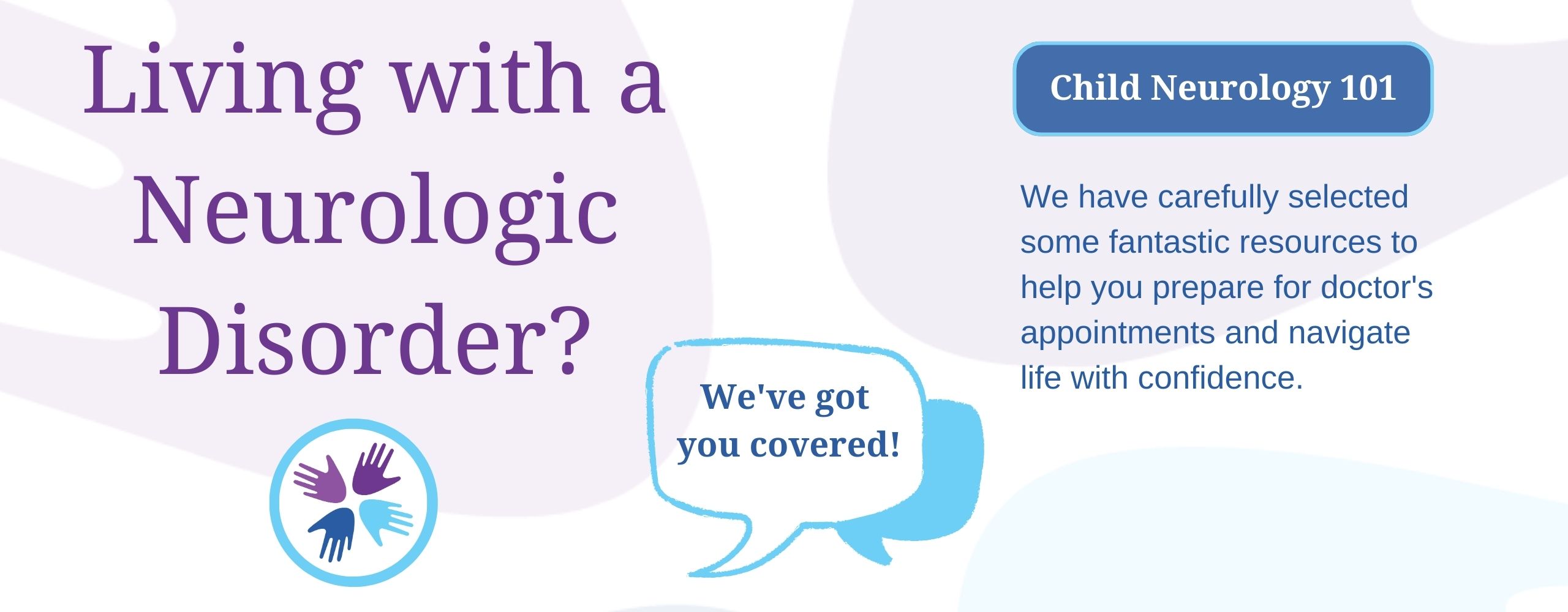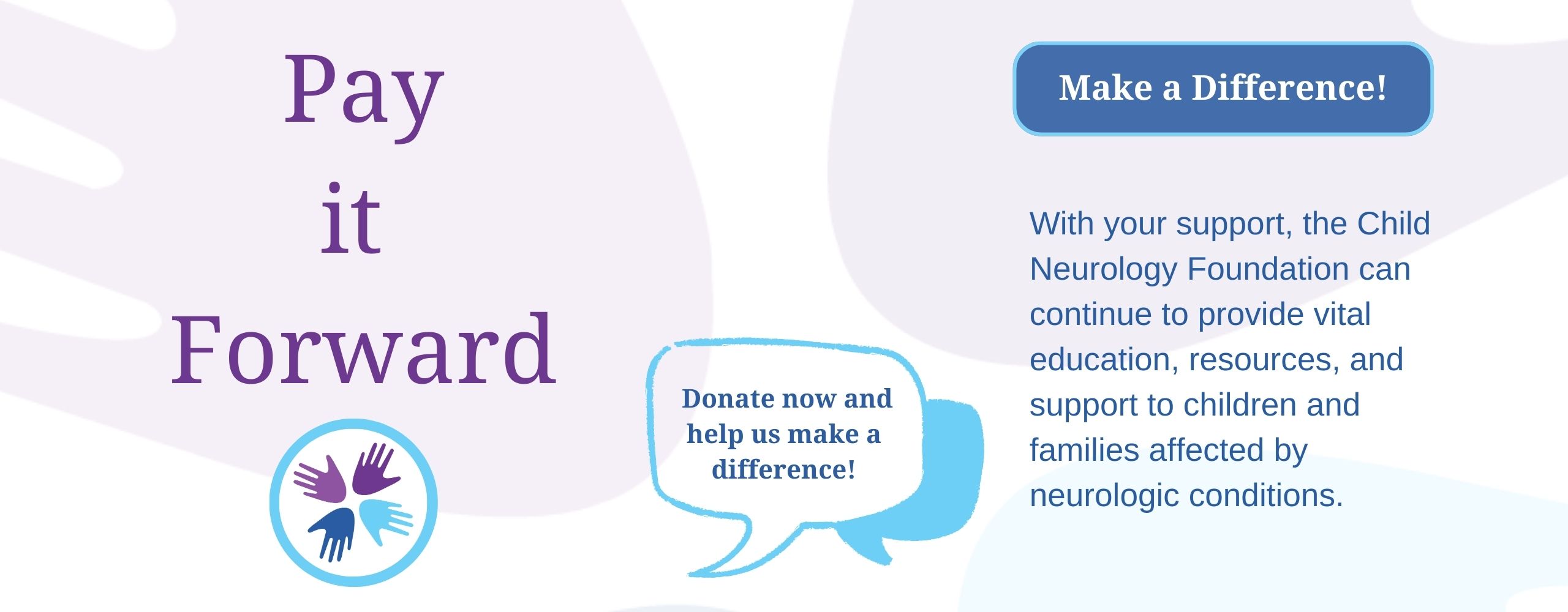
Author: Aravindhan Veerapandiyan, MD, University of Arkansas for Medical Sciences, Arkansas Children’s Hospital; Robert Csaba Kiss, M4 at University of Arkansas for Medical Sciences
Reviewed: May 2023
SUMMARY
When a child has foot drop, they are unable to lift the front part of their foot. This is caused by weakness in the muscles that pull the foot up.
Foot drop can be the first sign of an underlying disease. It is a common indicator of conditions involving the muscles or the nerves supplying the muscles. It can also indicate a neurologic disease. So, it is important to seek medical advice when it is seen in a child.
JUMP TO
Disorder Overview
DESCRIPTION
Foot drop occurs when the muscles in the foot are too weak to lift it. Children appear to be constantly pointing the toes of the affected foot toward the ground. The severity of foot drop can vary.
There are a few different causes of foot drop. Identifying the cause is important. With the appropriate treatment, children can go on to live full, happy lives.
SIGNS AND SYMPTOMS
The major signs of foot drop revolve around the child’s ability to walk. Children may say they feel as though they are dragging their toes when they walk. This condition can affect one foot or both feet.
Many children complain about tripping several times during the day, especially when trying to run or climb stairs. They may even avoid movements that put them at risk of trips.
Some children may also experience:
- Decreased feeling of touch
- Numbness, tingling, or a burning sensation
These usually occur along the outer side of the calf region and go down to the top of the foot. They are common signs that the issue lies at the nerve supplying the foot muscles and sensation in the affected area.
Some children have lower back pain. This may be a sign that a nerve around the spine is the cause. These children often have difficulties:
- Bending their leg at the knee
- Straightening their legs
CAUSES
There are a few different causes of foot drop.
Compression of the Peroneal Nerve
This is the most common cause of foot drop. The peroneal nerve is located on the outer part of the knee near the bone. It is responsible for powering the muscles that pull the foot up. The nerve also allows people to feel touch and pain around the outer side of the calf and the top of the foot.
Any pressure on the outside of the knee can press the nerve into the bone. This prevents the peroneal nerve from communicating with the muscles that pull the foot up, resulting in weakness with raising the foot.
The peroneal nerve also carries information about sensation. So, patients commonly report changes to their ability to feel touch and pain along the outer side of the calf and top of the foot.
Traumatic Injury to the Peroneal Nerve
This is the second most common cause of foot drop. The nerve runs from the knee to the foot. It is at risk of injury along this pathway. Because of this, the following can damage the nerve:
- Knee dislocations
- Severe ankle sprains
- Fractures of the bones in the leg
- Hip injuries
- Surgical injuries
- Deep cuts
When the nerve is damaged, it cannot send signals to the muscles that pull the foot up.
Compartment Syndrome
This is a dangerous cause of foot drop. This condition occurs after severe trauma to the legs, resulting in swelling and pressure that prevents blood flow. When blood cannot flow to the nerves that power the foot, the nerves stop sending signals to the foot for movement.
Compartment syndrome also involves:
- Severe pain in the affected leg
- Swelling of the leg and tense skin over the affected area
- The inability to move several different leg muscles (if left untreated)
Certain Neurologic Conditions
Some neurologic conditions can cause foot drop as well. Charcot-Marie-Tooth disease involves the nerves. It affects muscle movement and sensation. It occurs in 1 out of 2,500 people. It is typically noticed during childhood or early adulthood.
Other conditions that can cause foot drop include:
- Amyotrophic lateral sclerosis (Lou Gehrig’s disease)
- Multiple sclerosis
LABORATORY INVESTIGATIONS
Diagnosing foot drop first requires meeting with an experienced physician. During a clinic visit, the physician will ask several questions about the patient’s new foot weakness. This allows the physician to be on the same page regarding the patient’s and family’s concerns.
Foot drop is diagnosed after a medical history and physical exam. The exam will assess the child’s strength, sensation, and ability to walk. This allows the doctor to understand the severity of the foot weakness. These findings help determine what other tests are needed to identify the cause of the foot drop.
Imaging of the leg is commonly used to determine the cause of foot drop. These are helpful in visualizing bones in the body:
- X-rays
- Computerized tomography (CT) scans
Fractures and atypical bone structure in the leg can damage the peroneal nerve. These images are important for determining whether the bones in the leg are causing the foot drop.
Additional types of testing include:
Magnetic resonance imaging (MRI)
Electromyography (EMG)
Nerve conduction studies (NCS)
While several tests can be used to evaluate foot drop, not all of them may be required to determine the cause of the condition. Once the cause of the patient’s foot drop is identified, the physician, patient, and family will determine a plan for treating the condition.
TREATMENT AND THERAPIES
The treatment for foot drop varies depending on the cause. A thorough evaluation of the patient is necessary before deciding on treatment. There are surgical and nonsurgical treatments.
Surgical treatments include:
Nerve Repair
This is the main approach in treating foot drop when the peroneal nerve is lacerated during surgery or trauma to the leg.
- If the two ends of the nerve are close to one another, surgeons can reconnect the nerve through primary repair.
- If the gap between the two nerve ends is too large, surgeons can use a nerve graft from a separate nerve in the body to repair the injured nerve.
Nerve decompression and neurolysis
Nerve or tendon transfer procedures
When nerve decompression or reconstruction fails, nerve or tendon transfer procedures are capable of significantly improving foot strength.
- Nerve transfer involves taking a functional nerve and surgically putting it in place of the nerve that does not work.
- Tendon transfer involves replacing the weak muscle that is causing foot drop with another muscle. The replacement muscle is powered by a separate nerve.
Ankle fusion (also known as arthrodesis)
This is an option for those who cannot undergo the procedures mentioned above.
- This procedure involves fixing the ankle at a 90-degree angle with respect to the shin.
- This fixes the foot drop, but also prevents any movement at the ankle joint. Because of this limitation, ankle fusion is a last-resort option.
Non-surgical treatments include:
- Physical therapy. This is an important component of treating foot drop. The focus is to strengthen the weakened muscles in the affected leg.
- Splints and braces. These are commonly used to further improve muscle strength gained from physical therapy.
- Braces prevent patients from developing contractures. Contractures occur when muscles tighten and shorten in length. This prevents the patient from moving their leg from a fixed position.
- Throughout treatment, pain management may be necessary to ensure the comfort of the patient.
OUTLOOK
It is important to identify patients with foot drop, determine the cause, and begin treatment as soon as possible. If left untreated, foot drop can cause life-long issues with mobility. This has serious consequences on participation in physical activities. It also significantly impacts a child’s productivity in school and their future job.
This condition can significantly impact those taking care of the child as well. Caregivers may have to take time away from work. This can cause financial constraints. In addition, the cost of advanced physical therapy and accommodations may add another financial pressure on families.
Once the cause has been identified, treatment for foot drop has a very good outcome. Each of the treatments mentioned above has great results in:
- Improving muscle strength
- Reducing numbness
- Relieving pain
With treatment, children with foot drop can live happy and productive lives. Therefore, it is important for families to address any concerns when signs of foot drop are noticed.
Resources
The Child Neurology Foundation has a process for vetting resources and organizations to be listed in this section. CNF does not have any vetted resources to list currently due to a lack of response, but we will continue to monitor to keep this page updated. If you know of a resource to share, please contact CNF at [email protected].
Child Neurology Foundation (CNF) solicits resources from the community to be included on this webpage through an application process. CNF reserves the right to remove entities at any time if information is deemed inappropriate or inconsistent with the mission, vision, and values of CNF.
Research
These are clinical trials that are recruiting or will be recruiting. Updates are made daily, so you are encouraged to check back frequently.
ClinicalTrials.gov is a database of privately and publicly funded clinical studies conducted around the world. This is a resource provided by the U.S. National Library of Medicine (NLM), which is an institute within the National Institutes of Health (NIH). Listing a study does not mean it has been evaluated by the U.S. Federal Government. Please read the NLM disclaimer for details.
Before participating in a study, you are encouraged to talk to your health care provider and learn about the risks and potential benefits.
For more information about participation in clinical trials, check out our education hub on the topic here.
References
Elkwood AI, Kaufman MR, Abdollahi H. Foot drop: Etiology, diagnosis, and treatment [Internet]. UpToDate. Available from: https://www.uptodate.com/contents/foot-drop-etiology-diagnosis-and-treatment.
Gooch CL, Henderson R. Overview of electromyography [Internet]. UpToDate. Available from: https://www.uptodate.com/contents/overview-of-electromyography/printhttps://www.uptodate.com/contents/foot-drop-etiology-diagnosis-and-treatment.
Gooch CL, Henderson R. Overview of nerve conduction studies [Internet]. UpToDate. Available from: https://www.uptodate.com/contents/overview-of-nerve-conduction-studieshttps://www.uptodate.com/contents/foot-drop-etiology-diagnosis-and-treatment.
Hansen LT. Lower limb. In: Hansen LT, Netter FH, Machado CAG, eds. Netter’s Clinical Anatomy [4th ed]. Philadelphia: Elsevier; 2018.
Morris TR, Keenan A, Baldwin K. Peroneal nerve palsy. Current Orthopaedic Practice 2015; 26:155.
Poage C, Roth C, Scott B. Peroneal Nerve Palsy: Evaluation and Management. J Am Acad Orthop Surg. 2016 Jan;24(1):1-10. https://doi.org/10.5435/JAAOS-D-14-00420. PMID: 26700629.
Kang PB. Overview of acquired peripheral neuropathies in children [Internet]. UpToDate. Available from: https://www.uptodate.com/contents/overview-of-acquired-peripheral-neuropathies-in-children.
The information in the CNF Child Neurology Disorder Directory is not intended to provide diagnosis, treatment, or medical advice and should not be considered a substitute for advice from a healthcare professional. Content provided is for informational purposes only. CNF is not responsible for actions taken based on the information included on this webpage. Please consult with a physician or other healthcare professional regarding any medical or health related diagnosis or treatment options.
Thank you to our 2023 Disorder Directory partners:








